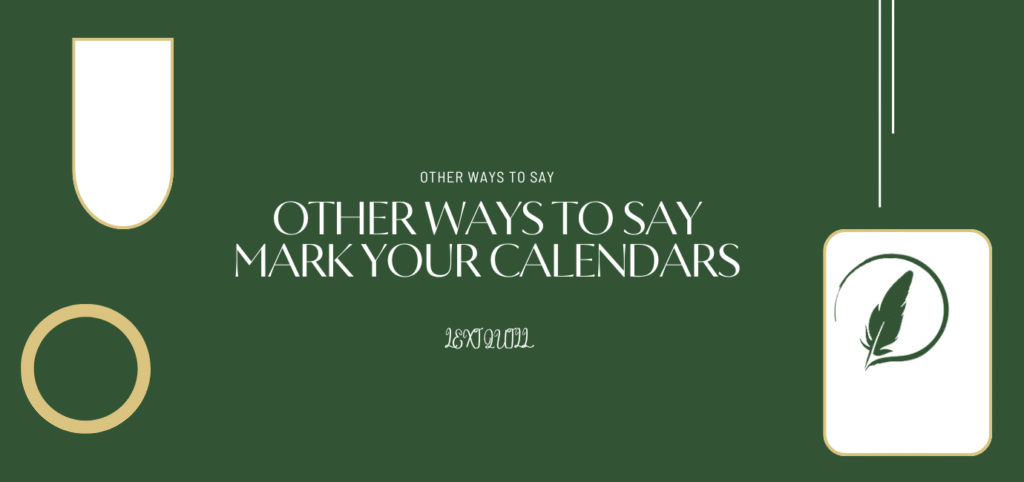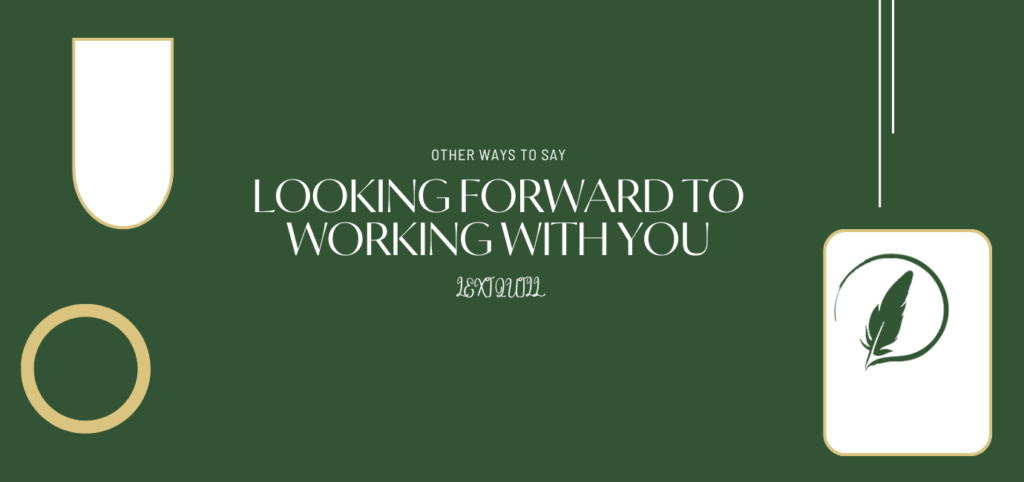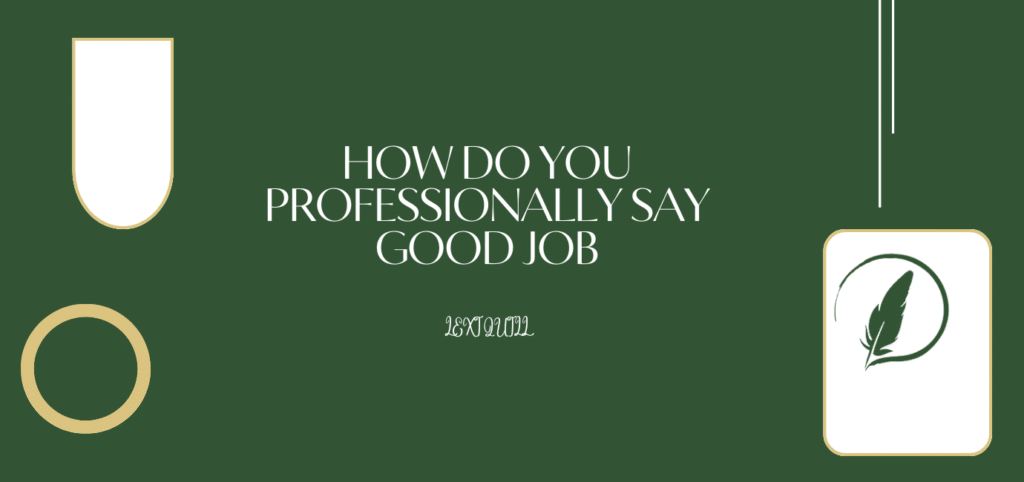In today’s fast-paced professional world, the way you communicate plays a crucial role in how you’re perceived. Whether you’re writing an email, attending a virtual meeting, or networking with colleagues, using clear and professional language enhances credibility and promotes effective relationships. One everyday phrase that often sneaks into workplace conversations is “What’s up?”
While casual and friendly, “What’s up?” isn’t always appropriate in professional settings—especially when communicating with supervisors, clients, or new colleagues. That’s why many people search for the answer to “how do you professionally say what’s up?”
In this article, we’ll explore several nuanced, polished alternatives to this common phrase. By incorporating these into your business vocabulary, you can strike the right tone in every conversation.
Why Replace “What’s Up?” in Professional Settings?
The phrase “What’s up?” is informal and typically used among close friends or peers. In professional environments, it may come off as too casual or even lazy. Replacing it with more professional synonyms helps to:
- Build respect and trust
- Convey emotional intelligence
- Set a positive, polished tone
- Promote clear, respectful communication
Let’s now look at some professional and business-appropriate alternatives to “What’s up?”
Option 1: “How Are Things Going?” – A Friendly Yet Polished Opener
Nuance & Tone:
This phrase is warm and engaging but retains a level of formality suitable for most workplace settings. It expresses interest in the other person’s current status or progress without sounding overly casual.
When to Use:
- Casual chats with coworkers
- Internal team meetings
- Networking situations
Example Sentence:
“Hi Sarah, how are things going with the new project rollout?”
Business Synonyms:
- How are things on your end?
- How’s everything progressing?
Option 2: “How Have You Been?” – Ideal for Follow-Ups and Check-Ins
Nuance & Tone:
This is a more refined and professional way to show you care about someone’s well-being. It’s slightly more personal than some alternatives but still appropriate in most professional contexts.
When to Use:
- Reconnecting with a colleague you haven’t spoken to in a while
- Starting a conversation in emails or meetings
- Client relationship building
Example Sentence:
“Hi Mark, how have you been? It’s been a while since our last sync.”
Professional Synonyms:
- Hope you’ve been doing well
- It’s good to reconnect
Option 3: “Is Now a Good Time to Talk?” – A Purpose-Driven Approach
Nuance & Tone:
Rather than asking what’s new, this direct question shows respect for the recipient’s time. It subtly invites them into a conversation without the need for small talk.
When to Use:
- Scheduling or initiating business discussions
- Talking to managers or executives
- Cold outreach or formal interactions
Example Sentence:
“Good morning, is now a good time to talk about the upcoming proposal?”
Business Synonyms:
- Are you available for a quick chat?
- Can we discuss [specific topic] now?
Option 4: “Hope You’re Having a Great Day” – A Polite and Positive Greeting
Nuance & Tone:
While not a direct replacement, this phrase acts as a friendly lead-in before diving into business. It’s a courteous way to open professional emails or messages.
When to Use:
- Email or message greetings
- Interactions with clients or stakeholders
- When you want to sound warm but not overly familiar
Example Sentence:
“Hi Alicia, hope you’re having a great day. I wanted to follow up on our last conversation.”
Related Alternatives:
- Wishing you a productive week
- Trust you’re doing well
Option 5: “What Can I Help You With Today?” – Service-Oriented and Proactive
Nuance & Tone:
This alternative moves beyond greeting and signals readiness to assist. It’s professional, efficient, and client-focused—perfect for customer service or support roles.
When to Use:
- Customer-facing interactions
- Help desks, reception roles
- When initiating a service conversation
Example Sentence:
“Good afternoon, I’m James from IT—what can I help you with today?”
Professional Synonyms:
- How can I support you today?
- Is there something I can assist you with?
Option 6: “Do You Have a Moment to Catch Up?” – Collaborative and Collegial
Nuance & Tone:
This version keeps the tone relaxed while emphasizing a desire for professional conversation. It’s ideal for colleagues and internal networking.
When to Use:
- Team members
- Professional networking
- Performance reviews or informal check-ins
Example Sentence:
“Hi Alex, do you have a moment to catch up before our afternoon meeting?”
Business Synonyms:
- Let’s reconnect soon
- Can we touch base briefly?
Why Professional Language Matters
Mastering professional communication isn’t just about sounding smart—it’s about being effective. Replacing overly casual phrases like “What’s up?” helps you:
- Improve clarity – Your message is direct and easy to understand
- Enhance credibility – You appear polished and intentional
- Build trust – Others take you more seriously
- Foster stronger relationships – Your tone is respectful and considerate
Every word you choose contributes to your professional brand. With conscious effort, you can transform casual habits into strategic communication.
Conclusion:
Knowing how to professionally say “what’s up” is a simple yet powerful step toward refining your workplace communication. Whether you’re chatting with a coworker, emailing a client, or leading a meeting, the right language helps you build connections, convey respect, and present yourself with confidence.
Remember, context matters. Choose the alternative that best suits the tone and setting of your conversation. Start incorporating these phrases today to elevate your professional presence and leave a lasting impression.Looking to upgrade more of your business vocabulary? Stay tuned for more articles on professional synonyms for common phrases and communication tips tailored for success.








